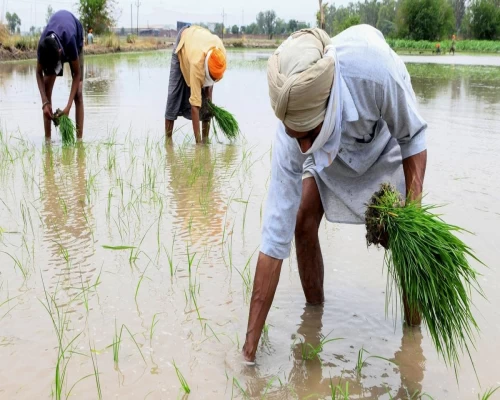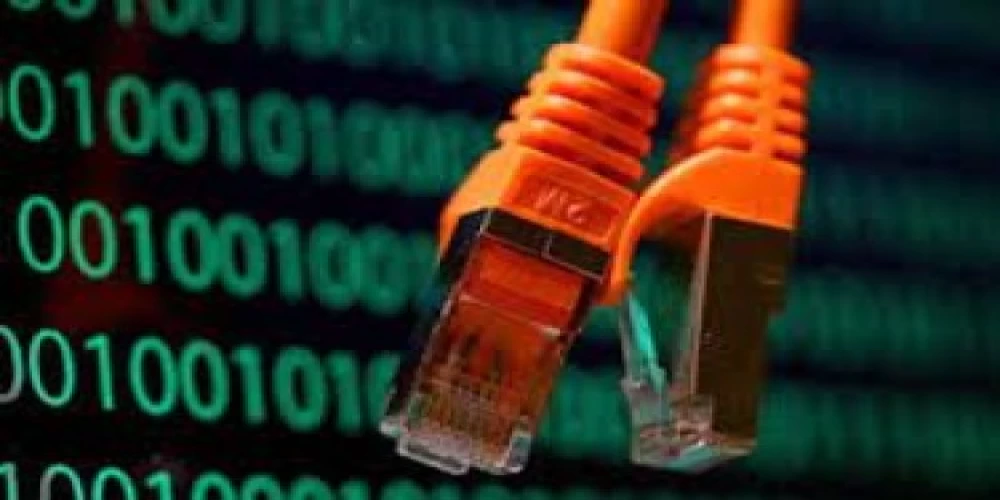
New Delhi: India is progressing towards enabling a comprehensive indigenous technology ecosystem and making strides towards digital growth path, with key pillars of robust digital infrastructure and quality service availability at affordable cost. Through various initiatives, simplification and reforms, digital access has been expanded to the remotest part of the country. In this growth journey, the Internet has been recognized world-over in enabling the socio-economic growth of a country. It has also played an active and crucial role in enabling a digitally empowered society and knowledge economy. It acts as a catalyst for phenomenal growth and modernisation of various sectors of the economy and serves as an effective medium for efficient delivery of various citizen-centric services. It has enriched the lives of citizens of the country by making them digitally empowered and helping in achieving India’s vision of a trillion-dollar digital economy.
A World Bank study suggests that every 10 per cent increase in broadband penetration boosts the country’s GDP growth by 1.38 per cent in developing countries. The Government of India (GoI) has made stupendous efforts to ensure affordable, equitable and inclusive broadband access to its citizens across the country. The massive proliferation of new emerging technologies such as 5G, Machine to Machine Communication, Artificial Intelligence, Cloud computing, etc., and thrust on digital initiatives by the GoI along with the penetration of broadband and internet services, has necessitated a large number of Internet Protocol (IP) addresses, beyond the currently available pool of IPv4 (IP version 4) addresses. As the telecom networks are evolving rapidly and becoming more dynamic in nature due to the introduction of many innovative applications every day, the requirement of more and more IP addresses has grown manifold.
The Internet Protocol (IP) Version 4 was developed about four decades ago around the beginning of the Internet. Although IPv4 has proven to be robust, easily implementable and interoperable, the initial design did not anticipate the exponential growth of the Internet, network supported devices and the impending exhaustion of the IPv4 address pool. To steer the efforts for the proliferation of IPv6 transition and deployment in India, the Department of Telecom (DoT) released the National IPv6 Deployment Roadmap in July 2010 which has helped to develop the IPv6 ecosystem in the country. Extensive sensitization of various stakeholders including Central Government, State Governments, PSUs and other Government Organizations, Telecom Service Providers, Internet Service Providers, Equipment Manufacturers, Cloud computing/Data Centre Providers, Academic Institutions, Content and Application providers, etc., was undertaken which led to many of them becoming IPv6 ready. To consolidate the gains and build further from the achievements of the first roadmap, the second version of the National IPv6 Deployment Roadmap (Version-II) was released by DoT in March 2013. DoT’s focussed efforts across various sectors has led to the timely adoption of IPv6 and provided the potential for innovative application in different sectors. Further, to provide technical assistance in deployment of IPv6 solutions, DoT had also published a compendium on IPv6 based solutions/Architecture/case studies practices for different industry verticals.
IPv6, which was developed by the Internet Engineering Task Force (IETF) in the mid-nineties, is the Next Generation (version 6) of the Internet Protocol (IP). IPv6 provides enhanced addressing capabilities by using 128 bits for addressing instead of 32 bits as used in IPv4, resulting in the availability of a very large pool of IP addresses (10^28 times larger than IPv4) which seems enough for the foreseeable future. Apart from a large number of address availability, IPv6 also provides many other advantages such as it offers enhanced security due to the Built-in Security framework of IPSec protocol. It supports end-to-end security, authentication thereby simplifying end-to-end security into applications. It also provides a Simplified Header format with better Quality of Service (QoS) which helps in faster routing and switching. There is also a traffic class and flow label field defined in IPv6, improving streaming for several applications such as VoIP, interactive gaming, e-commerce, videos etc.
The other IPv6 advantages include Auto configuration which is a plug and play feature that simplifies network configuration especially when the number of devices is very large. This will be beneficial in the implementation of Smart Cities and M2M/IoT networks where it is anticipated that a large number of smart sensors/devices will be deployed. Also, it shall help networks to quickly respond to crisis situations and facilitate ad-hoc network reorganisations. IPv6 has been designed with many new features which make it possible to develop innovative applications which are not easily possible in the current IPv4 protocol e.g. Centralized Building Management System, Rural Emergency Health Care, Tele-education / Distance Education, Smart Grids, Intelligent Transport Systems, etc. IPv6 will also boost the scalability and speed of the websites apart from supporting the M2M/IoT infrastructure. The adoption of IPv6 based innovative applications in areas like smart metering, smart grid, smart building, smart cities etc. will keep improving the quality of life of common citizens.
With a vision to take a global leadership position in the technology field, India has achieved around 77 per cent IPv6 capability as against the World average of 28.18 per cent, and leads ahead of the developed countries such as USA (47.58 per cent), Japan (32.38 per cent) United Kingdom (32.61 per cent) and China (19.58 per cent). Globally, India is maintaining the leading position for the last two years in this endeavour. Since 2014 till date, outstanding progress in IPv6 adoption has been achieved by India which is evident from the fact that as per the report of APNIC (Asia Pacific Network Information Centre), which distributes and manages Internet number resources (IP addresses and AS numbers) in the Asia Pacific region, the percentage of IPv6 users (i.e., IPv6/total ratio) has grown from 3.22 per cent in January 2015 to 24.33 per cent in January 2020, at a 67.9 per cent CAGR.
At the same time, India’s CAGR growth for IPv6 Users has been at 413.70 per cent which is phenomenal as compared to even developed countries such as USA (CAGR-33.90 per cent) and Japan (CAGR-31.20 per cent). Also, the total number of users (IPv6 + IPv4) has grown at a 12 per cent CAGR. Thus, it can be concluded that the worldwide number of IPv6 users is growing much faster than the number of IPv4 users and due to India’s consistent efforts for IPv6 transition, India is leading globally. Further, the NIC (National Informatics Centre) which hosts most of the Government websites and applications, core infrastructure of NICNET is now fully IPv6 compliant and its infrastructure at various Ministries and state centres has also become IPv6 ready. Also, many organizations are now provisioning new IP based services (like cloud computing, data centres etc.) on IPv6. Standards Development Organizations (SDOs) such as the Internet Engineering Task Force (IETF), ETSI and 3GPP through their protocols, standards are also contributing consistently for achieving tremendous progress by various countries which is evident from the fact that IETF no more requires IPv4 compatibility in the new or extended protocols. Also, 3GPP is considering mandating IPv6 in 5G Standalone (SA).
As a result of the concerted efforts of GoI and all stakeholders, the majority of the service providers in India have become ready to handle IPv6 traffic and offer IPv6 services. A large number of cloud service providers and equipment manufacturers have successfully deployed and used IPv6 for various innovative applications. A significant number of companies have also transitioned to IPv6-only service delivery. The National Digital Communications Policy (NDCP-2018) also envisages the transition to IPv6 for all the remaining communications systems, equipment, networks and devices. There is a need to consolidate the gains and build further on the milestones achieved. To take this forward, the service providers, content and application providers, cloud service providers and equipment manufacturers must provision the costs of phase-wise replacement or up-gradation of their existing systems and customer premise equipment with dual-stack and native IPv6, in their annual capex.
With digital connectivity becoming pervasive and the Internet as a key resource for socio-economic development, it is the need of the hour that all stakeholders, i.e., Government, Service Providers, Academia, R&D institutions, Equipment Manufacturers, Cloud Computing and Data Centres, Content and Application Providers etc. should come together and make synergized efforts for IPv6 transition completion. Its usage across various sectors like Health, Education, Banking, Insurance, Transport, Telecom, Railways, Smart Cities, etc., shall provide a boost to the implementation of updated technological solutions. Over time, many technical methods have been adopted by stakeholders to extend the usable lifetime of IPv4, but the same has resulted in added complexity to network infrastructure and enhanced cost. It is high time that full transition to IPv6 may be adopted by all stakeholders to ensure future growth and innovation in Internet technology and services. Timely transitioning to IPv6 will make India ready to cater to the needs for the Big Tech revolution led by emerging digital technologies apart from providing impetus to the Digital India ecosystem. /PIB/
(AK Tiwari is Member, Technology, Digital Communication Commission, and Sachin Rathore, ADG, NT-I, DoT. The views expressed are personal.)


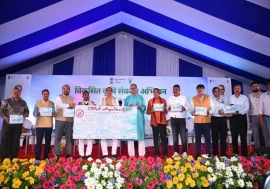
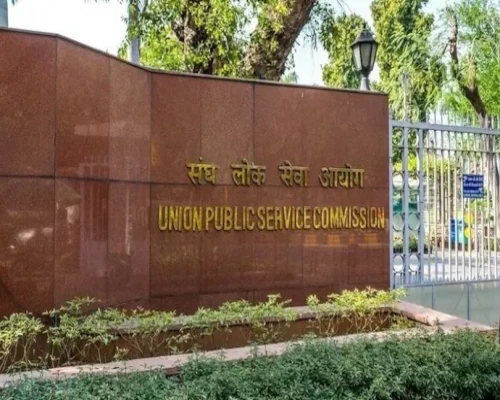


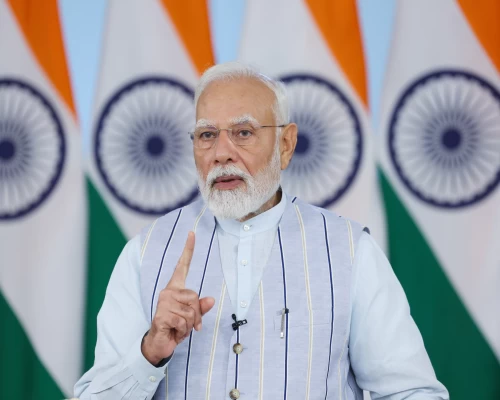


 (13)_500_x_400.webp)
